Soundscapes in Architecture - The Music of Space
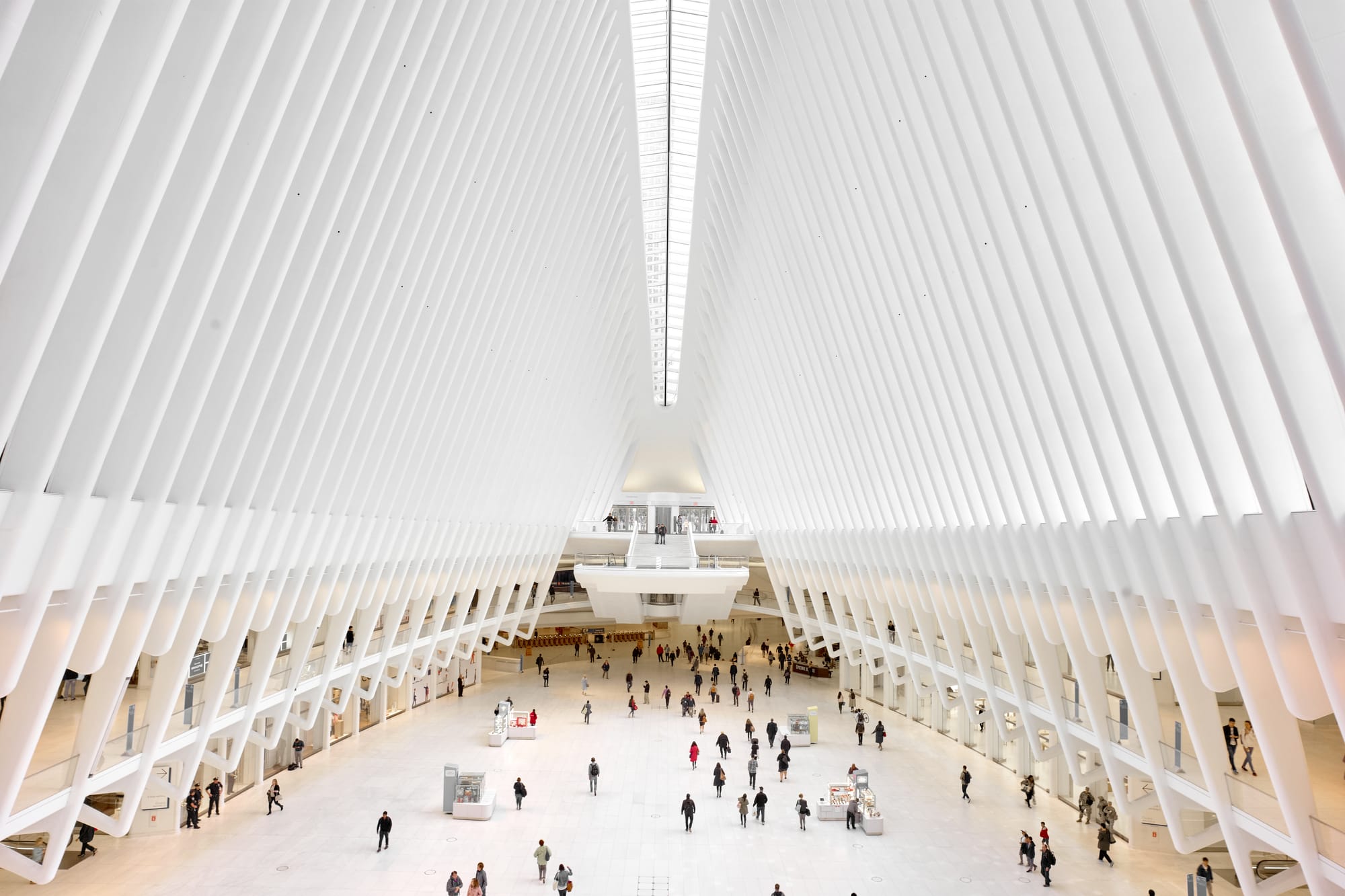
Introduction:
We don’t just see architecture — we hear it. Every building has its own acoustic fingerprint, a unique sonic character that shapes our experience as profoundly as any visual element.
When you step into Grand Central Terminal and hear the murmur of crowds bounce off marble walls, or enter a Gothic cathedral where whispers seem to float upward like smoke — you’re encountering deliberate acoustic design.
This is architecture’s hidden dimension, where spaces don’t just contain sound, they orchestrate it.
1. The Physics of Architectural Sound
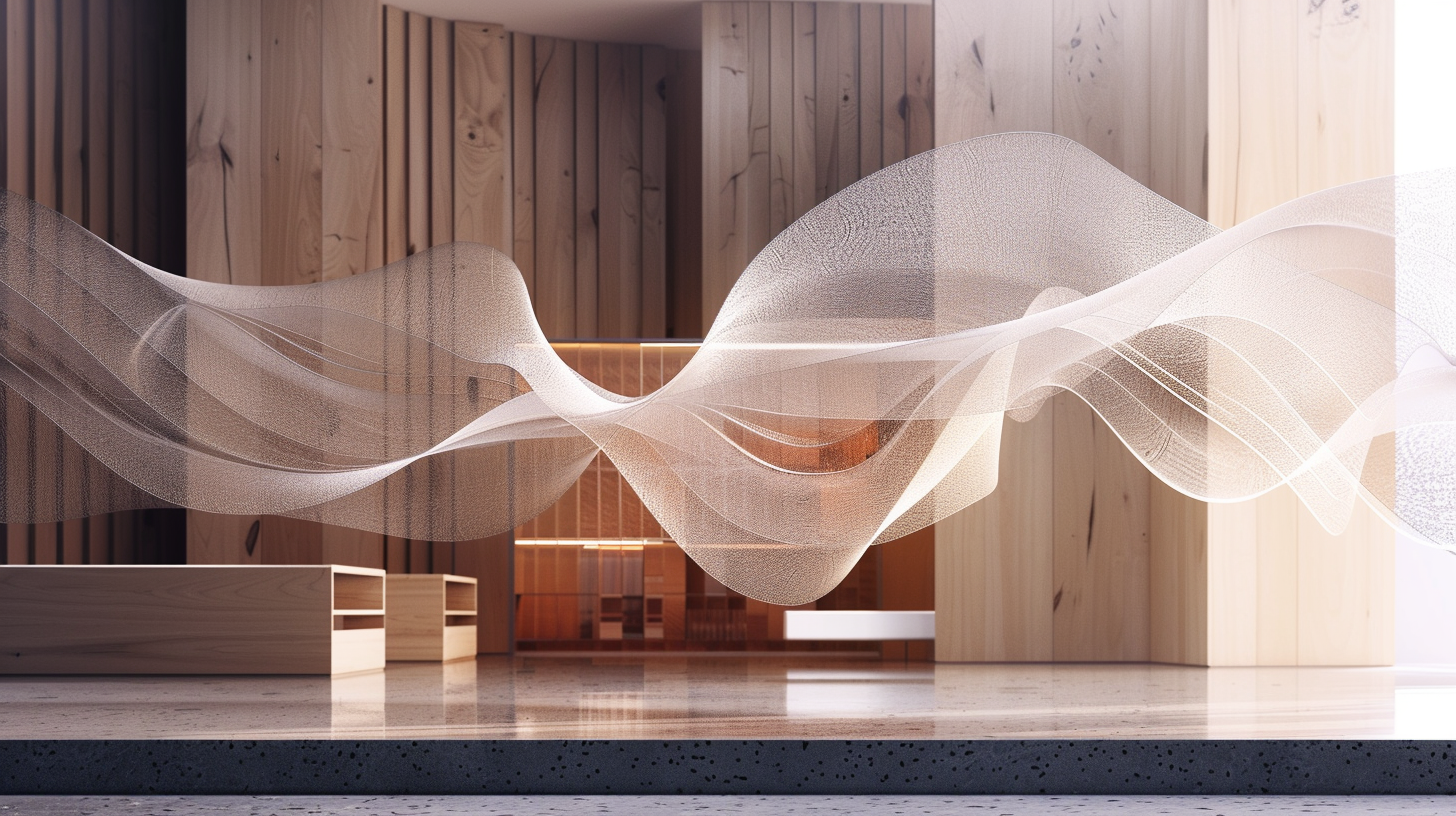
How Buildings Shape Sound Waves
- Reflection: Hard surfaces like stone or concrete cause sound to bounce, creating reverberation.
- The Pantheon’s dome makes a handclap last nearly 15 seconds — an effect ancient Romans used for dramatic orations.
- Absorption: Soft materials (curtains, carpets) deaden sound.
- Modern concert halls use precisely calibrated acoustic panels that look solid but swallow specific frequencies.
- Diffusion: Irregular surfaces scatter sound evenly.
- The wooden “clouds” suspended in Berlin’s Philharmonie break up sound waves like rocks in a stream.
“A building should not just house music, it should be an instrument itself.” — Hans Scharoun, architect of the Berlin Philharmonie
2. Historical Sound Chambers
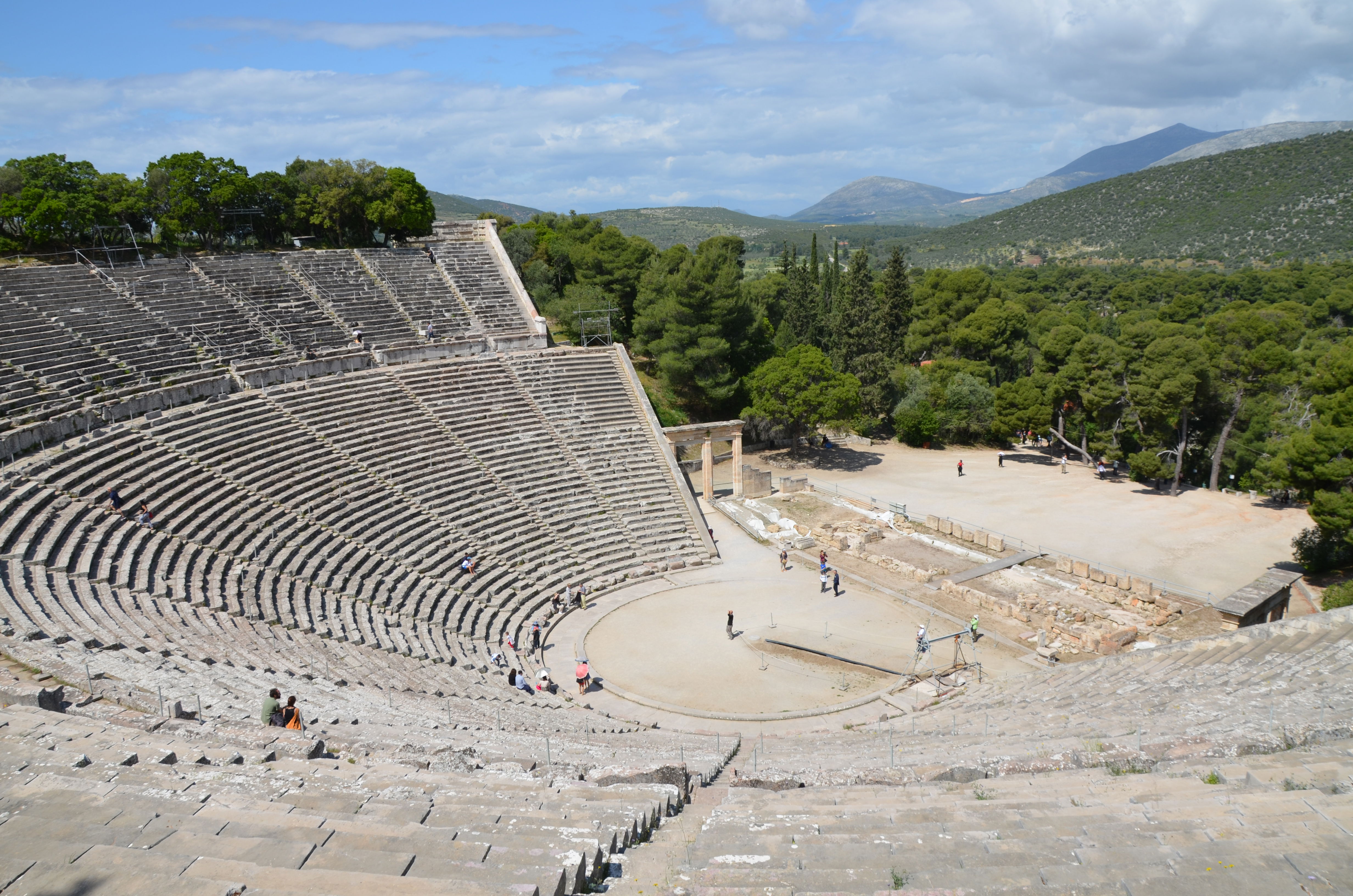
Ancient Acoustic Wonders
- Epidaurus Theater (Greece): The limestone seats filter out low-frequency noise (wind, crowd murmurs) while amplifying high frequencies (actors’ voices).
- Recent research suggests the seats’ corrugated surfaces act as acoustic traps.
- Chavín de Huántar (Peru): This 3,000-year-old temple contains narrow stone ducts that convert the roar of underground rivers into a thunderous deity’s voice.
Medieval Sacred Acoustics
- Whispering Galleries: St. Paul’s Cathedral’s dome carries words 112 feet because sound waves travel along the curved surface like trains on a track.
- Gregorian Chant Design: Romanesque churches like Cluny III were built with 6–8 second reverberation times — perfect for plainchant to bloom and overlap.
3. The Psychology of Architectural Sound
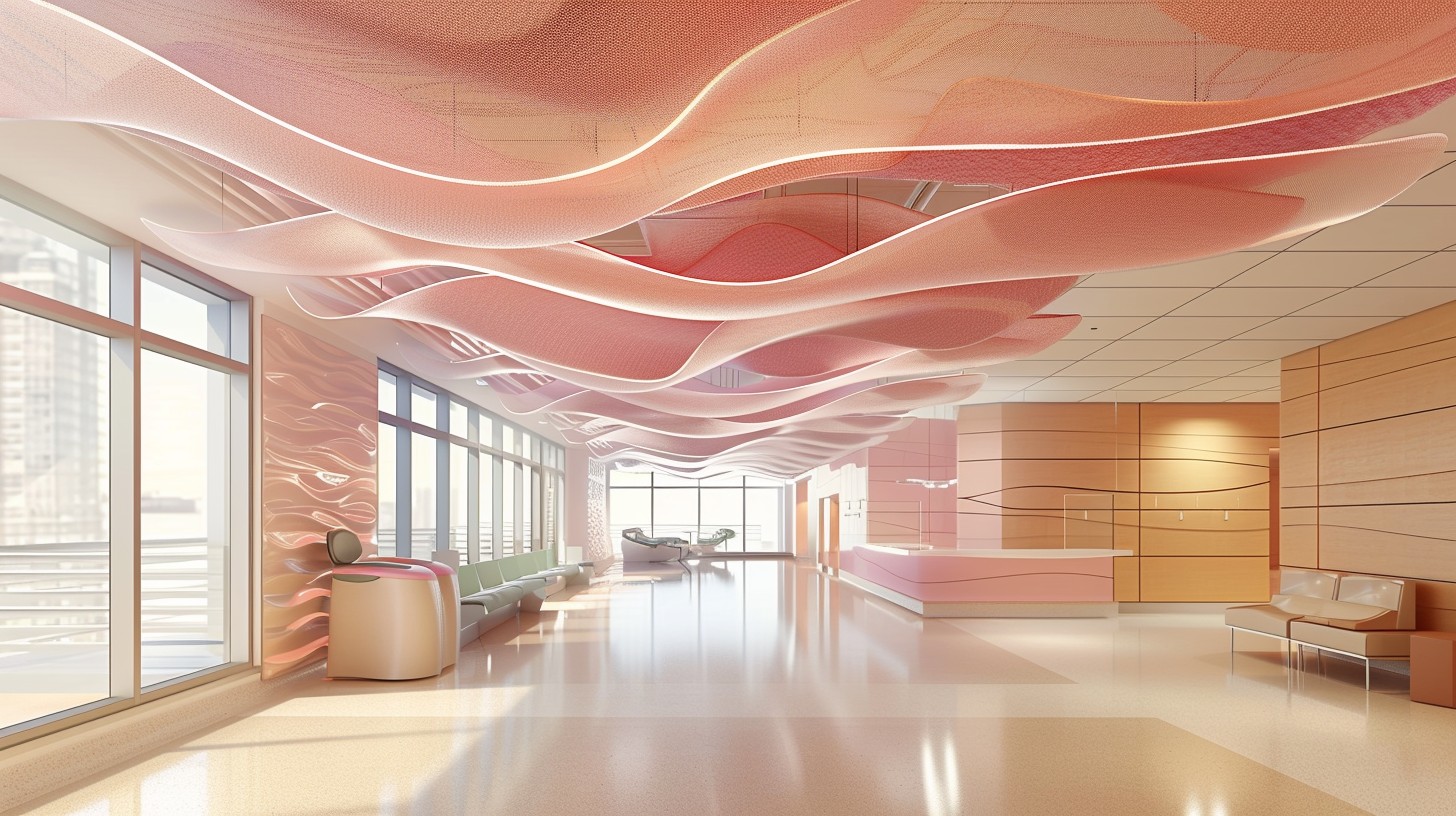
Sound as Emotional Architecture
- Memory Triggers: The clatter of a train station’s departure board isn’t just noise — it’s the sound of anticipation and farewells.
- Sonic Wayfinding: Frank Lloyd Wright used different floor materials at Fallingwater — stone for paths, wood for gathering areas — creating an acoustic map.
The Healing Power of Sound
- Pink Noise in Hospitals: Masking chaotic noises with steady, waterfall-like sound reduces patient stress hormones by 30%.
- Acoustic Privacy: Libraries like Seattle’s Central use sound-diffusing ceiling baffles that let you feel alone in a crowd.
4. Modern Acoustic Innovations
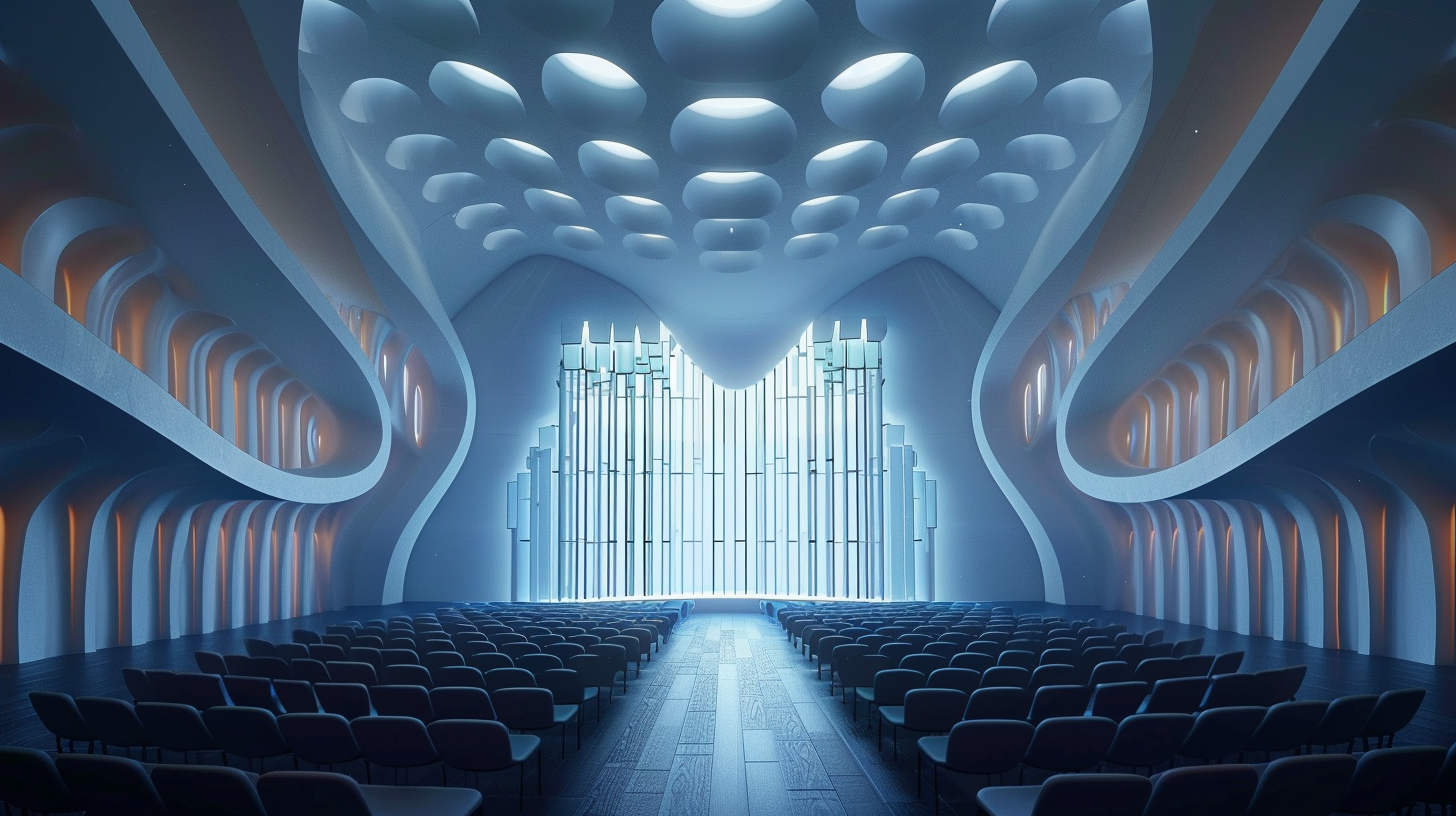
The Science of Sonic Precision
- Variable Acoustics: The Elbphilharmonie’s “skin” has 10,000 individually adjustable panels. For Bach, they create crisp clarity; for Mahler, they add lush reverberation.
- Soundscaping: Tokyo’s Nakagin Capsule Tower uses irregular window spacing to break up street noise into a “white noise” pattern.
Anti-Sound Architecture
- Sonic Crystals: Barcelona’s noise barriers use mathematically arranged concrete cylinders that deflect traffic sounds upward.
- Anechoic Chambers: Microsoft’s lab in Washington absorbs 99.99% of sound. The silence is so complete you can hear your eyeballs move.
5. Case Study: The Sydney Opera House’s Acoustic Evolution
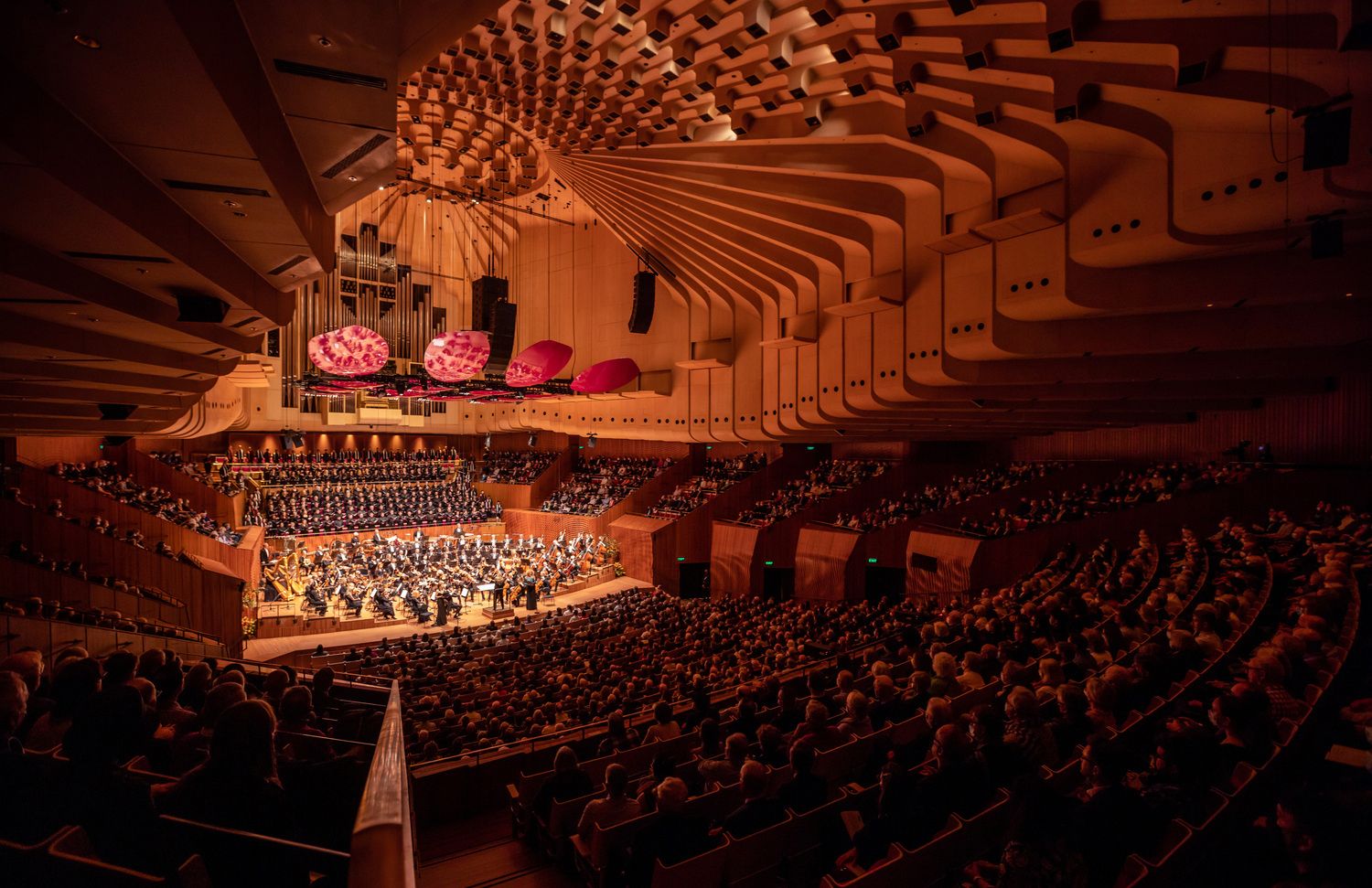
The Problem
- Jørn Utzon’s iconic shells created visual poetry but acoustic chaos. The original concave surfaces focused sound like a magnifying glass focuses light, creating harsh “hot spots.”
The Solution
- Acoustic Clouds: 19 fiberglass-reinforced polyester “sails” hang at precise angles to diffuse sound.
- Stage Design: The orchestra pit can rise, sink, or tilt to balance instrumental sections.
- Material Mix: Brush box wood panels (warm tones) + concrete (bright attack) = perfect symphonic blend.
6. Practical Applications

Hearing Your Designs
The Clap Test (for small spaces)
- Clap sharply once.
- Count seconds until echo disappears.
- Ideal times:
- Offices (0.5s)
- Theaters (1.5s)
- Cathedrals (4s+)
- Ideal times:
Whisper Circle (for large spaces)
- Have people stand 20 feet apart in a circle.
- Whisper clockwise — the room will reveal its sound paths.
Conclusion: Architecture We Can Hear
Architecture is not only a visual art — it’s a symphony of materials, shapes, and spaces working together to shape sound. From ancient theaters to futuristic concert halls, great design listens as much as it speaks. By understanding the physics, history, psychology, and innovation behind architectural acoustics, we can create spaces that don’t just look beautiful, they sound beautiful too. Every wall, floor, and ceiling holds the potential to tell a story not just to the eyes, but to the ears.